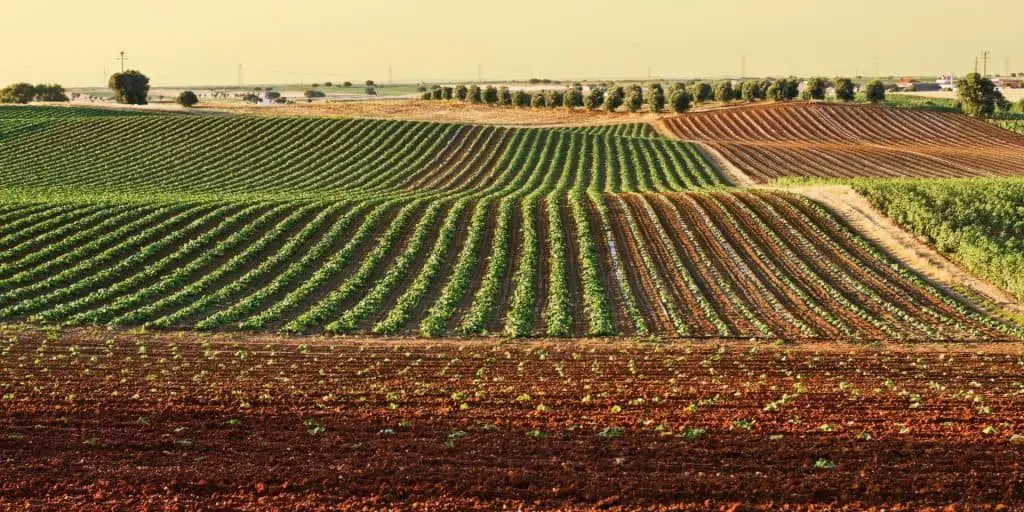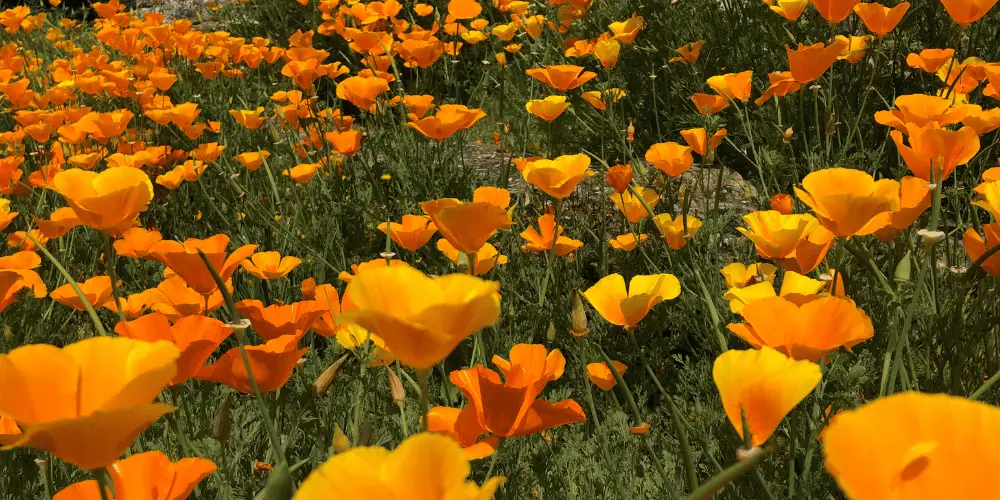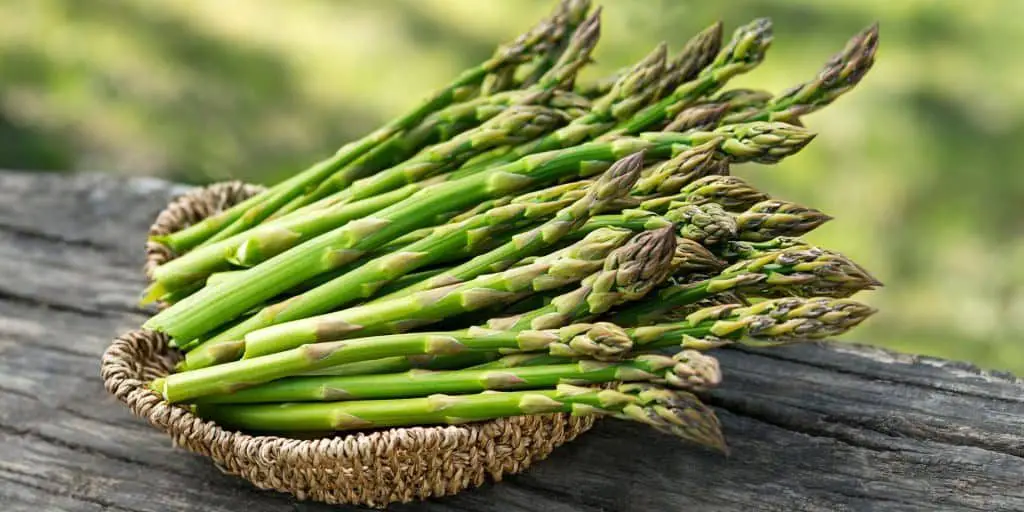
What Is A Cooperative Extension?
If you dabble at all in the wild world of gardening websites, you’ve certainly read the words, “check with your local cooperative extension.” We’ve said it on this very blog! But what the heck is a cooperative extension, anyway?
Cooperative extensions are federally-funded educational bodies that are attached to land-grant colleges, and whose mission is to extend mechanical and agricultural education outside of the classroom to people, businesses, and communities. They bring academic research and knowledge from agricultural institutions and make it accessible to non-scientists who can use, implement, and even improve on that information.
What’s a land-grant college? When was the first cooperative extension established?
Land-grant colleges are a uniquely American phenomenon, and they date back to the Morrill Act of 1862, soon after the conclusion of the Civil War. The name comes from the fact that the federal government “granted” states permission to sell public lands in order to raise funds to build them.
There was also a Second Morrill Act in 1870, which authorized federal funds for new land-grant colleges built to serve black communities. One such institute, the Tuskegee University in Alabama, was the teaching home of George Washington Carver, a prominent soil scientist, black man, and early advocate of crop rotation and soil restoration in agriculture.
These colleges receive funding from the federal and often from the state government, and the curriculum and programs focus on agricultural teaching, research, and extension.
There is a land-grant college in every state, and in many U.S. territories. Land-grant colleges are where some of the important agricultural experiments and developments take place, as their job is almost literally to try new things in the field and see if they work.
Cooperative extensions developed after the Smith-Lever Act of 1914, which standardized federal funding for the experiment stations specifically.
What do cooperative extensions teach?
Historically, cooperative extensions have put a lot of focus on agricultural productivity and insect and disease reduction on farms. Nowadays, they cover a lot more ground than that.
Here’s just some of the things you can learn about at your local extension:
- Invasive species
- Lawn care
- Forest resources
- Natural resource stewardship
- Health and nutrition
- Soil science
- Native plant and insect species
- Good bugs vs. bad bugs
- 4-H youth development
- Urban gardening
- Regional climate info and weather records
- Integrated pest management (IBM)
- Food safety handling
Good stuff, right?
Extensions usually offer this information in a few ways:
- as physical publications, such as flyers or handbooks
- as in-person seminars or online webinars
- in abbreviated form on their individual websites
What other resources do cooperative extensions offer?
One of the most popular and well-known extension resources is the Master Gardener Program.
This program provides intensive training across a range of horticultural topics. Each extension tailors their Master Gardener program to their specific climate, region, and experience with growing.
Those who graduate from the Master Gardener program then perform at least 50 hours of volunteer service through the extension in the following year. This practice enables Master Gardeners to take their new skills and re-invest them in their community at once.
If you’re interested in your local Master Gardener Program, enter your location in this online directory to find the one nearest you!
You can also call or email your local extension with questions about things you see in your garden, like bugs, disease, or weird growth. You can ask for advice about what to plant, when to plant, when to water, and other best practices for plant care in your area.
Do cooperative extensions require payment?
It depends on which of their resources you’re after.
You will probably (but not always!) have to pay for:
- Classes
- Seminars
- Webinars
- Handbooks
- Books
And to be fair, extensions usually price these things at or slightly above cost. They genuinely want to keep things affordable.
Plus, you will not have to pay for:
- Info pages on their websites
- Helpful PDFs form their websites
- Advice when you call or email
If land-grant colleges and cooperative extensions get funding from the state and federal governments, why do they ask money from laypeople?
The key is in the name. The term “cooperative” means that multiple entities contribute funds. In the case of extensions, by law they receive ⅓ of their funding from federal sources, and ⅔ from both state and local sources.
Much of the value of our extensions comes from the fact that they are, in a sense, partially owned by the people who most need and use their resources.
This cooperative funding scheme also frees extensions from much of the red tape and regulatory rigmarole that accompanies federal funding–and that’s always a good thing!
Cooperative extensions are tremendous resources for farmers, ranchers, and gardeners alike. So if you ever have a question the web fails to answer, make sure you reach out to your local extension and you’ll benefit from their knowledge and expertise!





